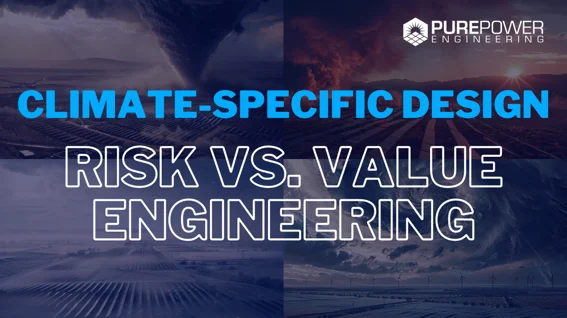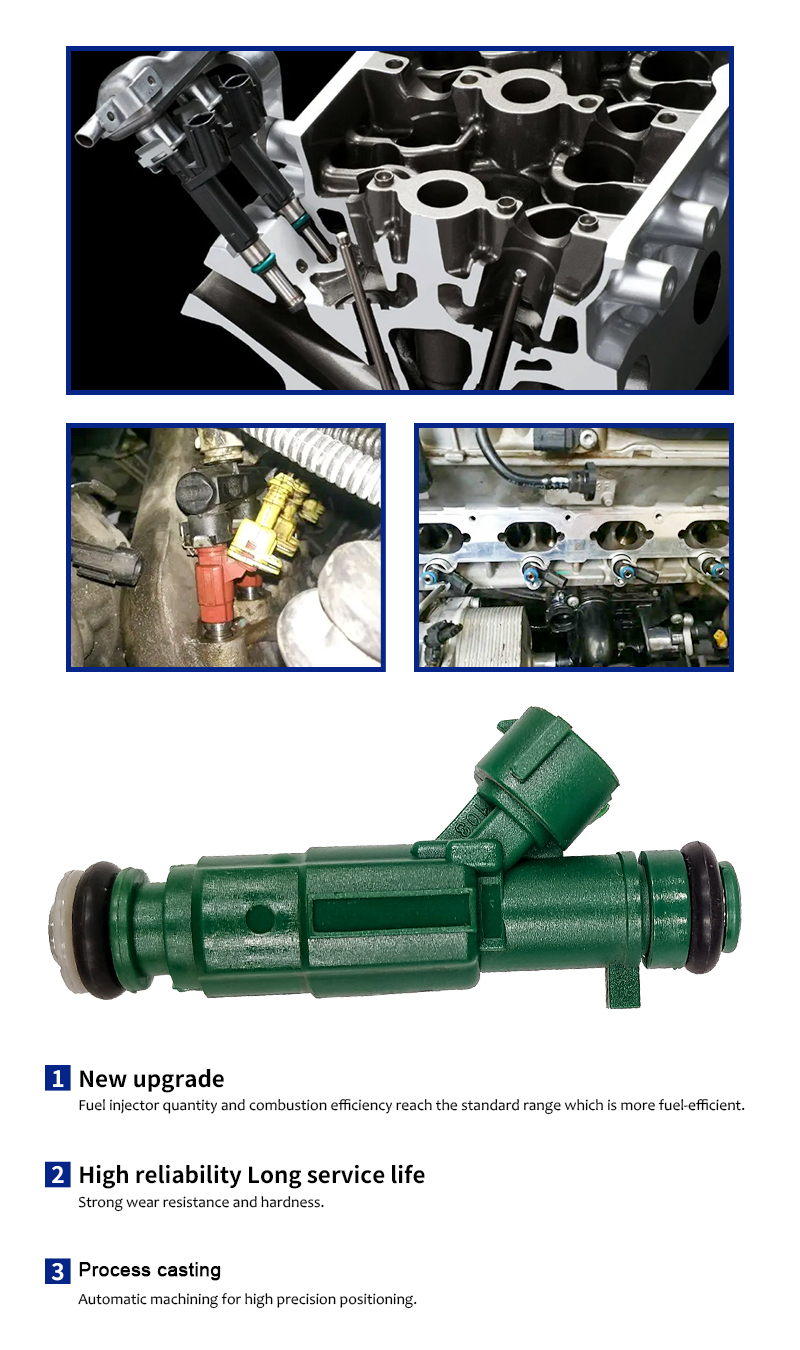As your Owner's Engineer, Pure Power ensures that the renewable energy systems you invest in are built to last through every possible condition they'll face over their lifetime—typically 25 years or more. Mother Nature offers endless clean energy from the sun, but she also has her unpredictable side that can pose significant challenges to your solar arrays. We strike a balance by designing systems that are robust enough to handle the worst-case scenarios without incurring unnecessary costs.
A solar system isn't just built for average conditions; it needs to withstand extreme situations like heavy snow, strong coastal winds, earthquakes, and scorching heat. While vendors or installers might feel pressured to cut costs, overly aggressive designs can unknowingly shift risks to the system owners. As your OE, our role is to evaluate the entire project—from equipment selection and design to installation and site-specific factors—to ensure you benefit from smart engineering practices without taking on undue risks.
Take a moment to look at this image illustrating how climate-specific design balances risk and value engineering.

To maximize the lifespan and efficiency of your photovoltaic (PV) systems, it's essential to consider the unique environmental stresses in different locations. Key factors like snow and frost, coastal high winds, seismic activity, and high temperatures with intense UV radiation significantly influence system design.
**Snow and Frost Considerations**
In areas prone to snow and frost, structural integrity is paramount. Ground-mounted systems in such regions often require a minimum clearance of three feet above the ground to prevent snow accumulation, compared to the usual 18 to 20 inches. Fixed-tilt structures are particularly vulnerable to snow loads, whereas single-axis trackers, which adjust their angles throughout the day, are less affected. A thorough geotechnical report is vital for these projects, ensuring the design accounts for snow-related forces. Performance-wise, ignoring snow coverage impacts could lead to inaccurate projections, even in tracker systems. We recommend using the Marion snow loss model, which is backed by extensive research and validation by NREL.
**Coastal High Wind Considerations**
Coastal environments are not just windy—they’re often hit by hurricanes, bringing both high-speed winds and flooding. For tracker systems, wind stow strategies and angles are critical. Redundant systems can add complexity and cost, so it’s preferable to have designs that can withstand hurricanes without additional backup systems. Similarly, flood mitigation measures like elevating mounting structures and electrical equipment are essential to protect against extreme rainfall.
**Seismic Considerations**
In earthquake-prone zones, seismic hazards dominate PV system design. Low-slope roofs and ballasted ground-mount systems are particularly susceptible to horizontal forces. In such cases, increasing weight or adding anchors can be more cost-effective than simply adding more ballast, especially if it exceeds the roof's load capacity.
**High Heat and UV Considerations**
Unlike the earlier factors, high temperatures and UV rays don’t affect structural integrity but can impact system longevity. UV exposure can accelerate the degradation of various components like wiring and labels, necessitating strategic product selection and protection strategies.
**Tornado Design Considerations**
For areas prone to tornadoes, systems must be resilient against extreme winds and flying debris. Reinforced materials and aerodynamic designs play a crucial role in maintaining system stability. Proper layout planning minimizes exposure to wind funnels and debris paths, ensuring safety and operational continuity.

By addressing these diverse challenges, we ensure your solar and storage investments remain reliable and profitable for decades.
Fuel Injector
Korean Car Auto Engine Fuel Injector
A car fuel injector is an essential component of a modern fuel injection system. It is responsible for delivering the correct amount of fuel to each cylinder of the engine. The fuel injector is a small device that is located in the intake manifold of the engine.It ensures that the engine receives the correct amount of fuel at the right time, which is essential for the engine to run smoothly and efficiently.
Here you can find the related products in Fuel Injector, we are professional manufacturer of Fuel Injector, Car Fuel Injector, Fuel Injector Assembly, Engine Fuel Injector ect . We focused on international export product development, production and sales. We have improved quality control processes of Fuel Injector to ensure each export qualified product.
If you want to know more about the products in Fuel Injector, please click the product details to view parameters, models, pictures, prices and other information about Fuel Injector.
Whatever you are a group or individual, we will do our best to provide you with accurate and comprehensive message about Fuel Injector!

Denso Fuel Injectors, Car Fuel Injector, Fuel Injector Assembly, Engine Fuel Injector, Bosch Fuel Injectors
Guangzhou Taixin Auto parts Trading Co., Ltd. , https://www.hyundai-autopart.com
